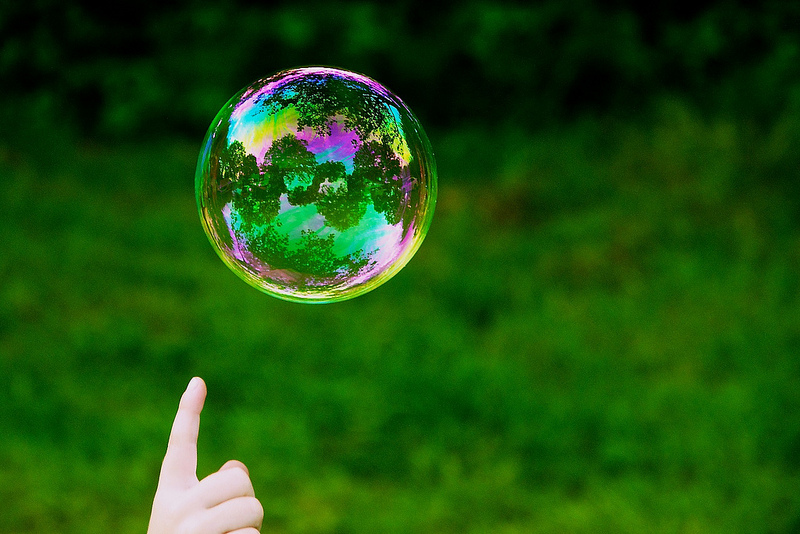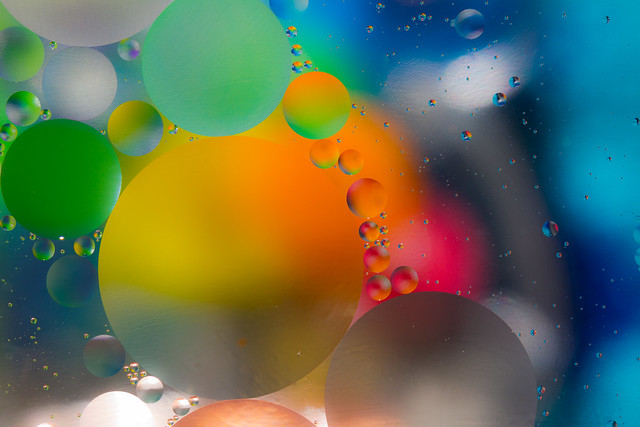I recently had a great (and timely) conversation with one of the counselors from International School Manila at the EARCOS Teacher’s Conference in Kota Kinnabalu, Malaysia (check out all the resources from all of my sessions here).
She said: “I wish there was a way to help students recognize what their online profile looks like to other people. They often think what they’re posting is great, but it can be hard for them to view it through someone else’s eyes.”
The conversation was great because it’s such an important topic to highlight with students. And, it was timely, because this week, our Eduro Learning Facebook live topic is advanced search techniques, so it really got me thinking about how important it is for students to experience and reflect on the actually process and results of searching.
As teachers, we often talk about thinking before you post, and making good decisions about what you post, but (just like we might avoid dealing with digital confrontation), we don’t always give students time to explore and then reflect on how those good (and sometimes not so good) decisions come together in a digital footprint online.
And even if we do have those conversations, there’s another very specific challenge to having a true view of our digital footprint. As you may already know, the search results I see about myself on my laptop are very different than the search results you will see, about me, on your device. Because: filter bubbles.
Here’s the thing, as Eli Pariser so eloquently points out in his TED talk above, Google knows a lot about you, from a lot of different data points, and their job is to give you the results you want. Not the unfiltered, highest ranking, most relevant results we think we’re getting. This is good and bad, and there are plenty of discussions about it online that you can check out (and next we can talk about personalized ads).
For the purposes of this post, I would like to highlight some simple strategies you can use with students to help them get out of their own filter bubble to really see who they are online.
Middle / High School Lesson Idea: Layers of You
- For middle and high school students (primarily because they are the most likely to be posting things online), have students either swap laptops and google themselves OR partner with another student (ideally someone they don’t usually work with so there’s less likely to be any data on them in the browsing history), and Google them.
- As they explore the online profile of their partner (or even themselves, if that feels more appropriate or comfortable for your students), ask them to imagine that they are meeting this “person” for the first time:
- What do they notice?
- What does this person like / dislike?
- What kind of person is this?
- What do they spend most of their time doing?
- What does their digital footprint say about them?
- Similarly, you could also have them “think like a college recruiter” or “dream job interviewer” and respond to more specific prompts. If your students are ready, you could have them brainstorm items to look for as they search before they start the Googling process.
- Once they’ve been through the process, have students share their impressions with their partner, and then a whole-class discussion, reflecting on the process:
- Is what your partner saw, what you would expect them to see?
- Where there any surprises?
- Are you happy with how you’re representing yourself online?
- Is there anything you’d like to change?
- Why did your partner see different things about you than you might find on your own laptop?
Grade 3 – 12 Lesson Idea: Search Comparison
As a preview or more age-appropriate version of the middle or high school lesson above, you can start bringing the concept of filter bubbles to younger students – or reinforce the idea with older students during any research project.
When students are starting their research project, instead of jumping right in to the research part, have them explore and reflect on the different results they get – as individuals, in different locations, and on different devices.
- Once students have a research topic, have them partner up with a buddy and check out the first page of results for both partners search terms. You can use the Visible Thinking Routine See, Think, Wonder to facilitate a conversation about this:
- See: What do you see? Are the results the same or different?
- Think: What do you think about what you saw? Why might the results be the same or different?
- Wonder: What are you wondering about? What happens when different people see different results for the same search terms?
- Have students explore this same process, with just their own search term, when they go home.
- See: What do you see? Are the results the same or different from what you saw at school? (Note: they’ll need to screen capture or document what they saw at school to be prepared for this.)
- Think: What do you think about what you saw? Why might the results be the same or different?
- Wonder: What are you wondering about? What happens when the same people see different results, in different places, for the same search terms?
- If this is really going well, you could even have them do this process with a partner, exploring each other’s search terms and comparing, and even exploring with different devices:
- are the results different on laptops vs mobile devices?
- are your results different from a friend looking up the same thing at their house?
- are there any differences based on which type of device you used
- Whenever it’s appropriate, have a reflective conversation with the class about the effect of filter bubbles and how our own thinking may be influenced based on what kinds of search results we get. You can push this farther by looking at the controversy around Facebook’s news feed algorithm, or any social media tool that recommends media based on your interaction with the service (YouTube and Instagram, for example)
Conversations for Parents (or other adults in a child’s life)
Either of these activities would be easy to do at home, and it’s the conversation about the results that is the most interesting part! Here are some great resources that might be interesting to explore after trying one of the above experiences:
- How Can Facebook and It’s Users Burst the Filter Bubble? (New Scientist)
- Fake News, Echo Chambers and Filter Bubbles: A Survival Guide (Psychology Today)
And for those who aren’t sure that filter bubbles are the problem:
- Why ‘Popping’ the Social Media Filter Bubble Misses the Point (Motherboard)
- Filter Bubbles and Bias on Twitter and Facebook (Mills Baker on Medium)
If you’re a parent, and you’d like more resources for parenting in the digital age, check out our awesome online courses and all of the free resources specifically for parents that we share at Eduro Learning.
Going Further
If you want to push this conversation even further, and help students (or yourself) get out of your daily filter bubble, not just in searching, but also in the news that gets “fed” to you, here are some great resources:
- A Complete Guide to Seeing the News Beyond Your Cozy Filter Bubble (Quartz)
- Ways of the Web: Filter Bubbles and the Deep Web: How to Burst Your Filter Bubble! University Library
- How to Burst the Filter Bubble That Protects Us From Opposing Views (MIT Press)
- Are We Stuck in a Filter Bubble: Here Are Five Potential Paths Out
What do you think? How do you help your students get out of their filter bubble(s)? Is this a conversation you have had as a parent? How did it go?
If this is interesting to you, please be sure to join me and Jeff this week for our next FB Live event where we’ll dive a little deeper into this topic!
Images:
- Leafy Bubble by Martin Thomas, CC Licensed on Flickr
- Bubbles by Conal Gallagher, CC Licensed on Flickr






